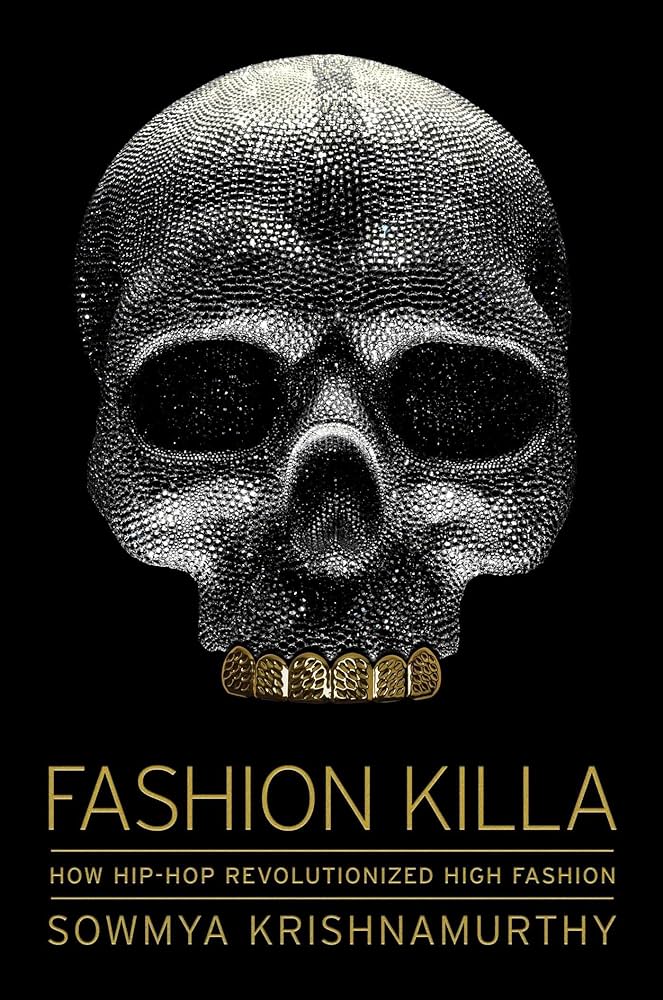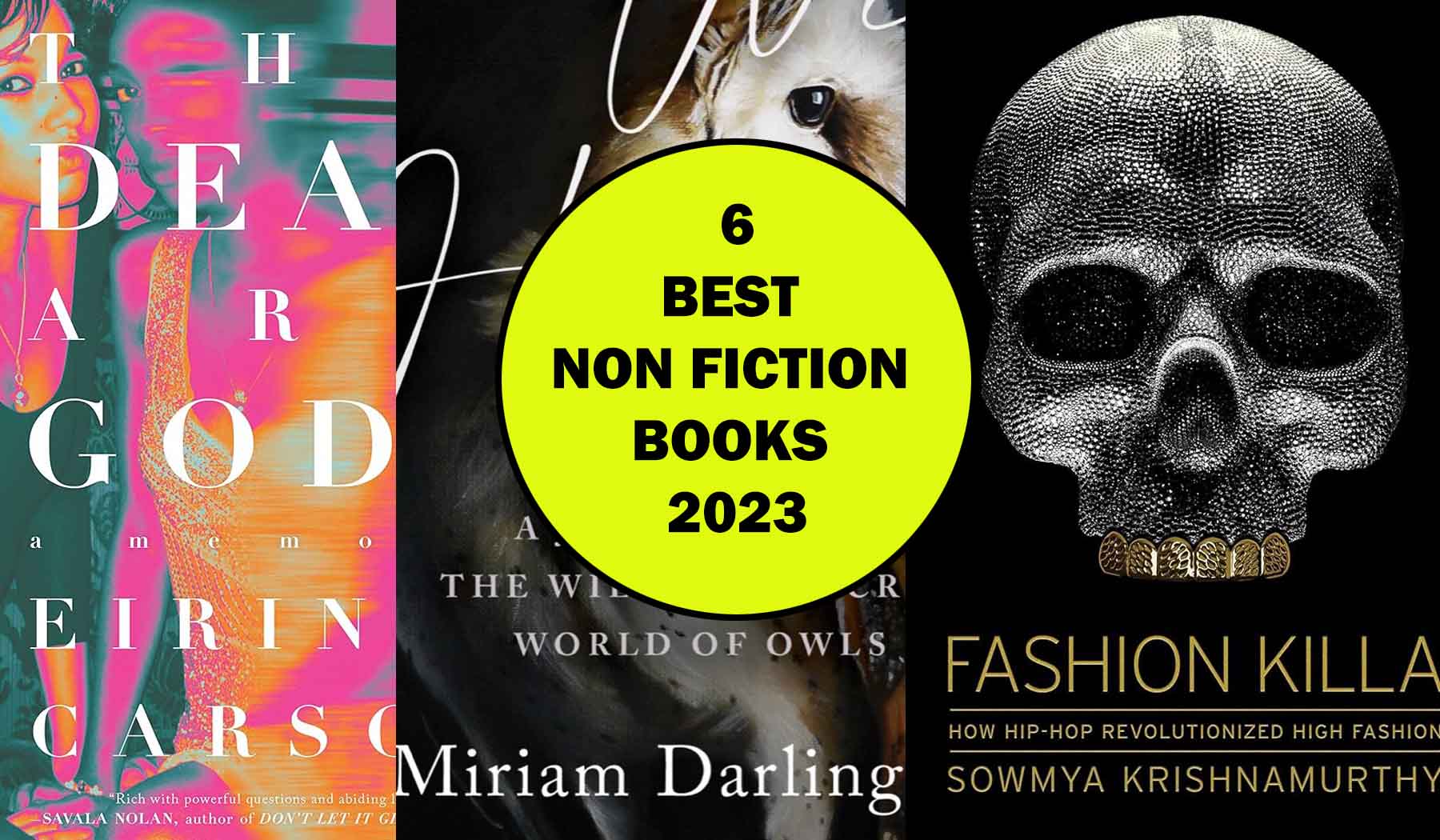In the vast ocean of literature, non-fiction books stand as beacons of knowledge, guiding readers through the realms of real-world stories, profound insights, and captivating narratives.
As we step into the dawn of 2024, it’s only fitting to reflect upon the literary treasures that defined the intellectual landscape of the preceding year.
The year 2023 bore witness to an impressive array of non-fiction works that not only entertained but also enlightened, challenging our perspectives and expanding the horizons of our understanding.
Join us on this literary journey as we unveil the pages of the best non-fiction books that captivated hearts, stirred minds, and left an indelible mark on the intellectual tapestry of the year gone by.
Whether you’re an avid reader seeking your next literary adventure or a casual browser looking for a compelling read, our curated list promises to be a compass in navigating the expansive sea of non-fiction literature from 2023. Let the exploration begin!
TWIST AN AMERICAN GIRL: A MEMOIR BY ADELE BERTEI
A seasoned musician reflects on her tumultuous coming-of-age experiences in Cleveland during the 1960s and ’70s.
In Bertei’s memoir, she unveils the narrative voice of Maddie Twist, a character serving as her protective shield during the journey back through the tumultuous landscapes of her youth.
Described as a Trojan horse akin to Ulysses, Maddie, embodying characteristics of being “white, working-class, poor, queer, abandoned, and hungry for belonging,” navigates a turbulent path from one living situation to another.
Facing both moments of thriving and barely surviving, Maddie perseveres through childhood and adolescence until she emerges as a nearly functioning adult within a supportive community.
The author’s mother, battling paranoid schizophrenia, and her absentee father, who only appeared to spy on the family, contribute to Maddie’s challenging upbringing.
From foster care to a juvenile detention center, Maddie grapples with her discovery of attraction to other young women, often facing punishment for acting on her feelings. The memoir unfolds as a picaresque tale, introducing vivid characters who enter and exit the narrative.
The narrative takes a harrowing turn as the author recounts an encounter with a Vietnam veteran who, under the guise of offering refuge in a commune, assaults her and confines her to his room for three days.
Throughout Maddie’s journey, the memoir explores her curiosity, impulsiveness, and keen observations, depicting her love for losing herself in books and finding solace in the music she both hears and creates.
Despite the tumultuous narrative, Maddie narrates with a zest and objectivity that only time can provide. She skillfully draws readers into the difficult circumstances of her life, finding joy in unexpected places, such as attending church at the detention center.
By the conclusion of her tale, Maddie embraces the role of the “Artful Dodger,” celebrating her transformation.
The memoir stands as a powerful exploration of survival and redemption, demonstrating resilience in the face of formidable challenges.
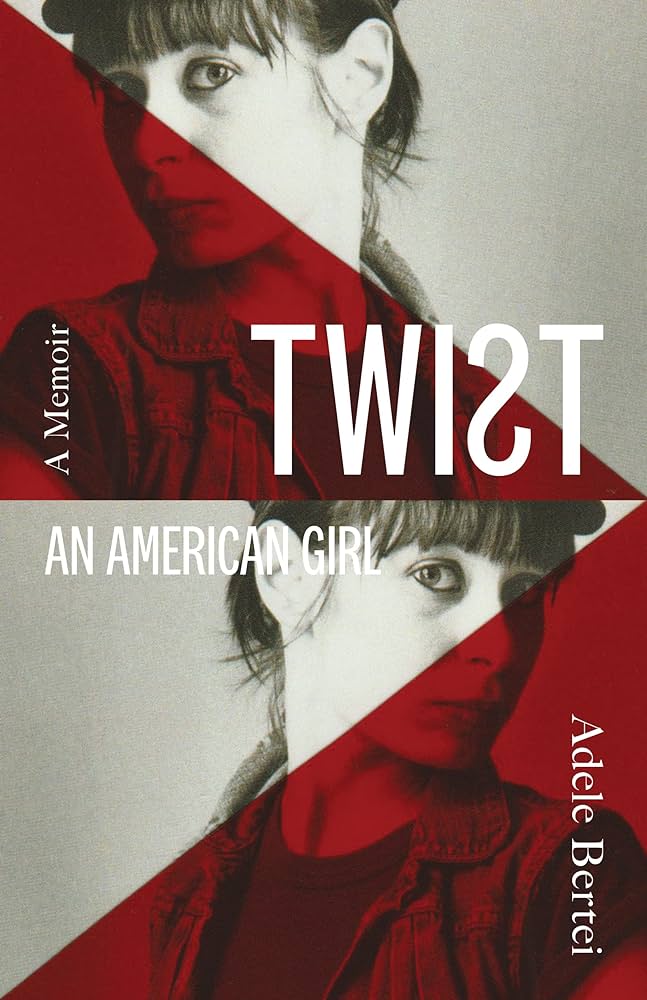
THE DEAD ARE GODS BY EIRINIE CARSON
An emotionally charged and introspective exploration of the emotions and recollections stirred by the passing of a closest companion.
“Could I have developed into the person I am today without your influence?
Would my courage and fearlessness have blossomed without your constant companionship, encouraging me and sharing in my triumphs with infectious laughter?
The mystery lingers, for you were a constant presence during my most formative years, intricately woven into the fabric of my being.
Contemplating my core characteristics inevitably leads me to thoughts of you.” Carson and Larissa, an enchanting duo, were not merely statuesque and stunning; they were also intelligent, humorous, and well-read Black models who cohabited in London, attracting attention at clubs where admirers willingly queued to foot their bar tab.
Their bond was profound, their affection for one another evident in the recounted anecdotes and shared text messages presented here.
The inclusion of these messages proves inspired, as the playful nicknames (“shmoo” and “shmoomies,” “poo head,” “poopoo,” and more) and declarations of love (“You’re my soulmate, do you know that?” “Of course I know that”) vividly capture the unique essence of their friendship.
When Larissa passed away at the age of 32, Carson, now married with a child on the West Coast, initially learned of her friend’s death in the bath.
Unaware of Larissa’s involvement with heroin, the revelation brought forth a new set of agonizing and unanswerable queries.
Carson poignantly describes the obsessive scrutiny familiar to many who have experienced loss, delving into the minutiae of the days leading up to the tragedy, desperately searching for a missed detail that could have altered the course of events.
“You know the obsessiveness—weeks spent poring over the minutiae of the days and hours prior to death, as if somewhere, hidden in plain sight, is the answer. Something you missed that could have prevented it all,” she writes.
Carson’s candid sharing of her own obsessive journey resonates deeply, offering a profoundly moving and eloquent portrayal of grief.
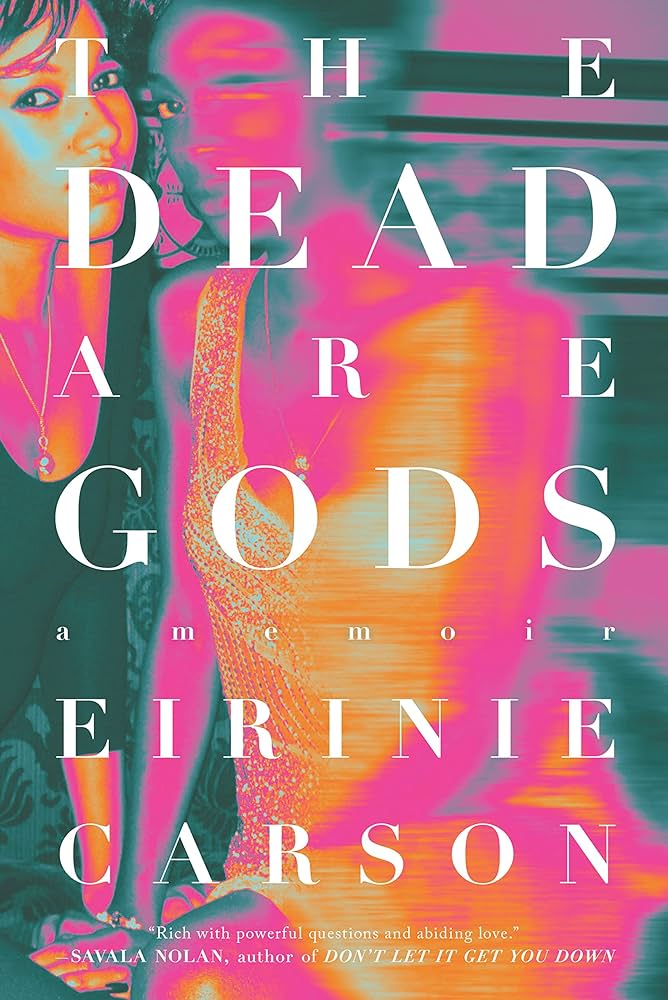
THE WISE HOURS A JOURNEY INTO THE WILD AND SECRET WORLD OF OWLS BY MIRIAM DARLINGTON
A captivating exploration into the realm of owls unfolds in Darlington’s skillful blend of memoir and nature writing, reminiscent of Rebecca Giggs’ approach to whales in Fathoms.
Amidst the narrative of Darlington’s fieldwork, a poignant tale emerges of her son’s mysterious ailment, intertwined with the joyous impact of his encounters with these majestic creatures, becoming seemingly “infected with owlishness.”
Originally aspiring to observe all wild species in the British Isles, Darlington immerses herself in the world of barn owls, sharing the gratifying moments spent volunteering with the Barn Owl Trust and engaging in surveys.
Her narrative weaves through encounters with the elusive tawny owl, with its unsettling cry, a small owl fixating on her with ferocious lemon-yellow eyes, and a close call with a short-eared owl almost landing on her head.
The journey extends to Serbia, Finland, Spain, and France, each locale evoking Darlington’s consistent enthusiasm, whether marveling at the melancholy call of the Eurasian eagle owl or discerning the highly vocal pygmy owl, a diminutive creature the size of a pine cone.
Throughout her travels, Darlington raises awareness about the declining owl population in Britain due to human activities, specifically the use of chemicals in rodent control and encroachment into their natural habitats.
Her lyrical prose paints vivid landscapes, describing high moorlands adorned with August colors and a southerly breeze that whispers through the grasses, forewarning the end of summer.
In Darlington’s words, the owl’s simple desires — to be undisturbed, earn a living, raise its young safely, and continue its bloodline — echo our own aspirations.
The narrative unfolds as heartfelt, enchanting, and beautifully written, inviting readers into a world where nature and personal reflections seamlessly converge.
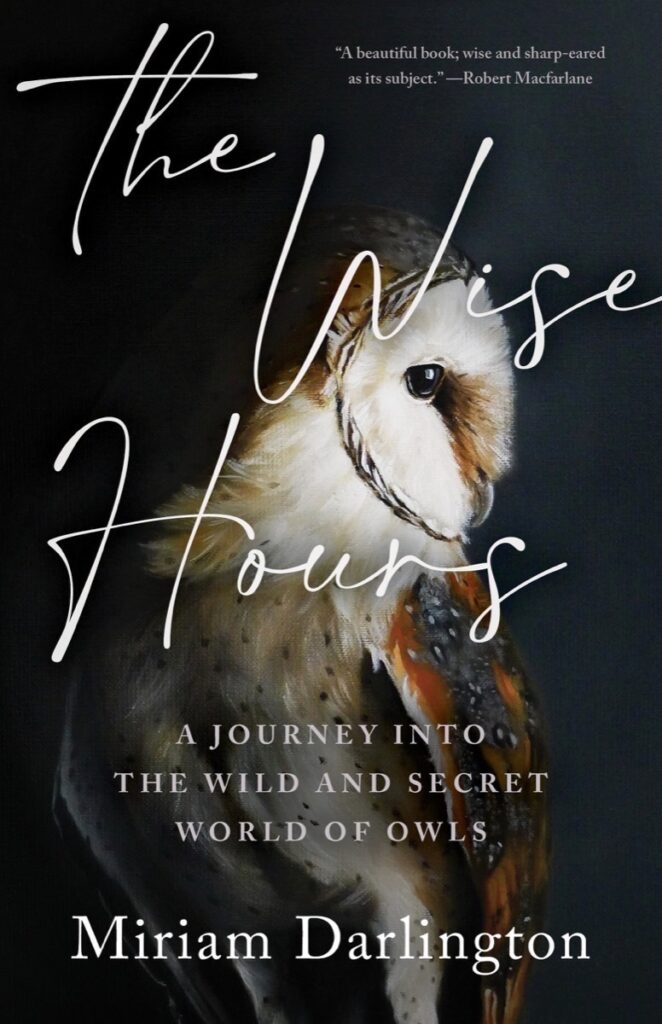
MONSTERS A FAN’S DILEMMA BY CLAIRE DEDERER
How to navigate the conundrum of adoring the art while despising the artist’s life?
Launching into a compelling exploration with a captivating chapter on Roman Polanski—renowned filmmaker, child abuser, Holocaust survivor, victim of the Manson family—critic and memoirist Dederer, known for Poser and Love and Trouble, probes the crucial issue of how to engage with the creations of “monster” artists and writers within the realm of fandom.
Dederer contends that when your appreciation transforms into significance, shaping your identity and becoming an obsession, the artist’s biography wields even greater influence. “You have not merely appreciated or consumed the art; you have assimilated it,” asserts the author.
Dederer’s analysis encompasses both familiar and unconventional figures, often offering fresh perspectives.
Delving into Nabokov, Lolita, and Humbert Humbert, she questions why Nabokov, possessing one of the most exquisite, flexible, and humorous prose styles in modern English, devoted considerable effort to a character like Humbert. Her redemptive answer, blending close scrutiny with a degree of faith, provides insight.
Some of Dederer’s monstrous subjects are women who either forsake their offspring or commit violent acts, resulting in an unexpected pairing of Sylvia Plath and Valerie Solanas.
In discussing a little-known queer band initially adored and later canceled by youthful fans, Dederer’s daughter’s friend confesses, “I still listen to them, I still love them. Even after everything.”
The author resonates with this sentiment, ultimately granting a broad permission slip for inconsistency: “You do not need a comprehensive theory on what to do with Michael Jackson… Your art consumption doesn’t define your moral standing; you’ll have to seek validation or criticism through other means.”
Dederer addresses the complex dilemma with erudition, emotion, and an approachable style, presenting her most accomplished work to date.
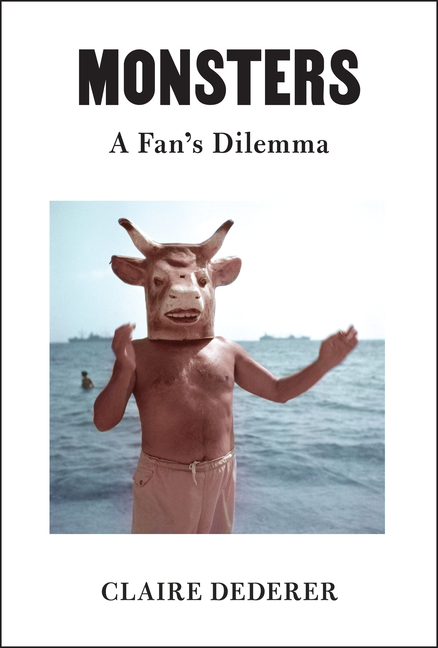
GOOD GIRLS A STORY AND STUDY OF ANOREXIA BY HADLEY FREEMAN
An individual who successfully battled against the beast of anorexia draws upon her personal experience and extensive research to elucidate the true nature of anorexia—distinguishing fact from fiction.
Freeman, a seasoned Guardian columnist and the author of House of Glass, possesses adept writing skills and research acumen.
Having grappled with anorexia in her youth, undergoing numerous hospitalizations, she vividly recalls the triggering moment at age 14 when a classmate remarked, “I wish I was normal like you.”
Drawing on her connections with other women she encountered in hospitals, Freeman incorporates their experiences, portraying anorexia as a latent bomb awaiting the right catalyst.
The author skillfully dispels prevalent myths about the disease, such as the oversimplified notion that the cure lies in someone like Kate Moss simply consuming chips.
In a chapter titled “The Theories,” Freeman presents a simultaneously humorous and chilling three-page poem, offering an “incomplete list of reasons doctors, therapists, and outsiders have given over the years for why I became anorexic.”
Her sharp, witty, and literate approach permeates the narrative. Reflecting on her summer reading during the pivotal 14th year, she absolves John Fowles of blame for her anorexia but notes his inadvertent contribution to its soundtrack.
Freeman also dubs Roald Dahl as “the Anna Wintour of children’s literature when it comes to fatphobia” and imparts valuable life lessons from unexpected sources like Spaceballs and Lethal Weapon.
Given the reported “epidemic of extreme anxiety among girls” and a significant rise in self-harm rates since 2000, Freeman’s insights are invaluable.
For mothers facing daughters in crisis, she offers sagacious advice: “Seek professional help promptly and avoid assuming the role of her primary caregiver.”
For anyone seeking a comprehensive understanding of anorexia, this book is an indispensable resource.
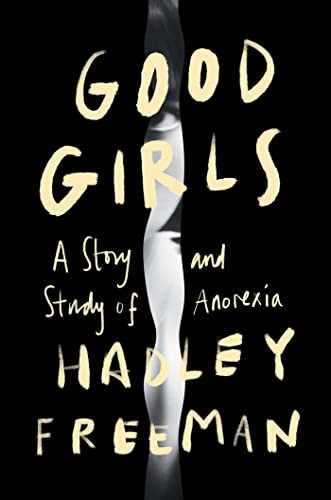
FASHION KILLA HOW HIP-HOP REVOLUTIONIZED HIGH FASHION BY SOWMYA KRISHNAMURTHY
An insightful exploration into the profound impact of hip-hop on shaping fashion trends.
The intimate connection between hip-hop and high fashion is explored in detail, revealing a symbiotic relationship that transcends mere influence.
Krishnamurthy, a seasoned music journalist with notable contributions to Rolling Stone, New York magazine, Vibe, and Essence, meticulously traces the roots of this alliance, dating back to the late 1980s and the pioneering Harlem-based custom tailor and designer, Dapper Dan.
Delving into the historical context, Krishnamurthy highlights the exclusivity of Dapper Dan’s creations, commanding prices in the tens of thousands, acting as a financial barrier during hip-hop’s early and financially modest days.
As hip-hop evolved and its artists achieved success and financial prosperity, a distinct and aspirational fashion sense emerged.
Krishnamurthy skillfully navigates the narrative through the intertwined trajectories of hip-hop music and fashion, weaving intriguing tales of crews wreaking havoc on high-end retail, debunking viral rumors surrounding designer Tommy Hilfiger, recounting Kanye West’s inaugural experience at the Paris fashion shows, and acknowledging the transformative power of Young Thug’s bold choice to wear an Alessandro Trincone dress on a mixtape cover.
The author seamlessly integrates personal experiences, including a stint as one of Sean Combs’ assistants at Bad Boy Records, enhancing the narrative with firsthand insights. Krishnamurthy’s ability to interlace stories of music, fashion, and history reflects her deep immersion in the subject, drawing from a diverse array of interviews with musicians, designers, scholars, and business executives.
This engaging and thorough exploration of hip-hop’s impact on fashion not only provides a fascinating historical account but also elucidates the evolution of lucrative fashion brands.
In a compelling manner, the book captures the essence of why your favorite rappers wear what they do, offering an exciting journey through the dynamic intersection of music, style, and cultural history.
